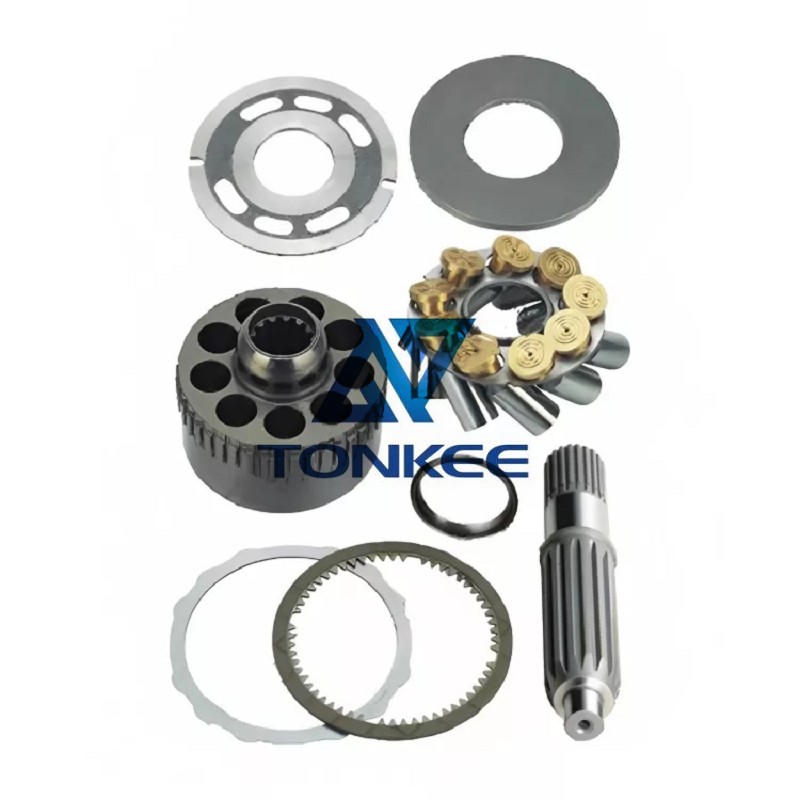
Flow Rate: The M5X180 pump is designed to deliver a specific flow rate, typically measured in liters per minute (LPM) or gallons per minute (GPM).
The exact flow rate can vary depending on the specific model and application, but it is generally optimized for efficient hydraulic system operation.
Pressure Rating: This hydraulic pump operates at high pressure to ensure efficient power transmission within hydraulic systems. Pressure ratings for the M5X180 can vary, but they are typically designed to withstand the demands of heavy-duty applications, often exceeding 3000 PSI (pounds per square inch).
Displacement: Displacement refers to the volume of fluid displaced by the pump in a single revolution. The M5X180 is known for its high displacement capacity, which allows it to handle large volumes of hydraulic fluid efficiently. Displacement is typically measured in cubic centimeters per revolution (cc/rev) or cubic inches per revolution (in3/rev).
Rotation: The M5X180 Kawasaki Hydraulic Pump is available in various rotation options, including clockwise (CW) and counterclockwise (CCW) rotations. The choice of rotation depends on the specific hydraulic system and machinery requirements.
Mounting: These hydraulic pumps are designed for easy integration into various hydraulic systems. They often feature standard mounting interfaces, making it convenient for installation and replacement in heavy machinery and equipment.
Cylinder Block: The heart of the hydraulic pump, the cylinder block, contains pistons that move within cylinders to displace hydraulic fluid.
The design and precision of this component are critical for pump efficiency and reliability.
Valve Plate: The valve plate controls the flow of hydraulic fluid into and out of the cylinder block. It features various ports and channels to direct the fluid according to the pump's operation.
Piston Shoes: These components are in direct contact with the cylinder block and are responsible for generating hydraulic pressure. They are typically made of wear-resistant materials to ensure long-lasting performance.
Swashplate or Swashplate Assembly: The swashplate is a crucial part that converts the rotary motion of the drive shaft into reciprocating motion for the piston shoes. The angle of the swashplate determines the pump's displacement.
Drive Shaft: The drive shaft connects the pump to a power source, such as an engine or an electric motor. It transfers the rotational force required for pump operation.
Bearings and Seals: Bearings reduce friction and ensure smooth operation, while seals prevent hydraulic fluid leakage. High-quality bearings and seals are essential for the pump's longevity.
Porting and Connectors: The pump is equipped with various ports and connectors for hydraulic fluid inlet and outlet, as well as for connecting to the hydraulic system.



 English
English Türkçe
Türkçe


